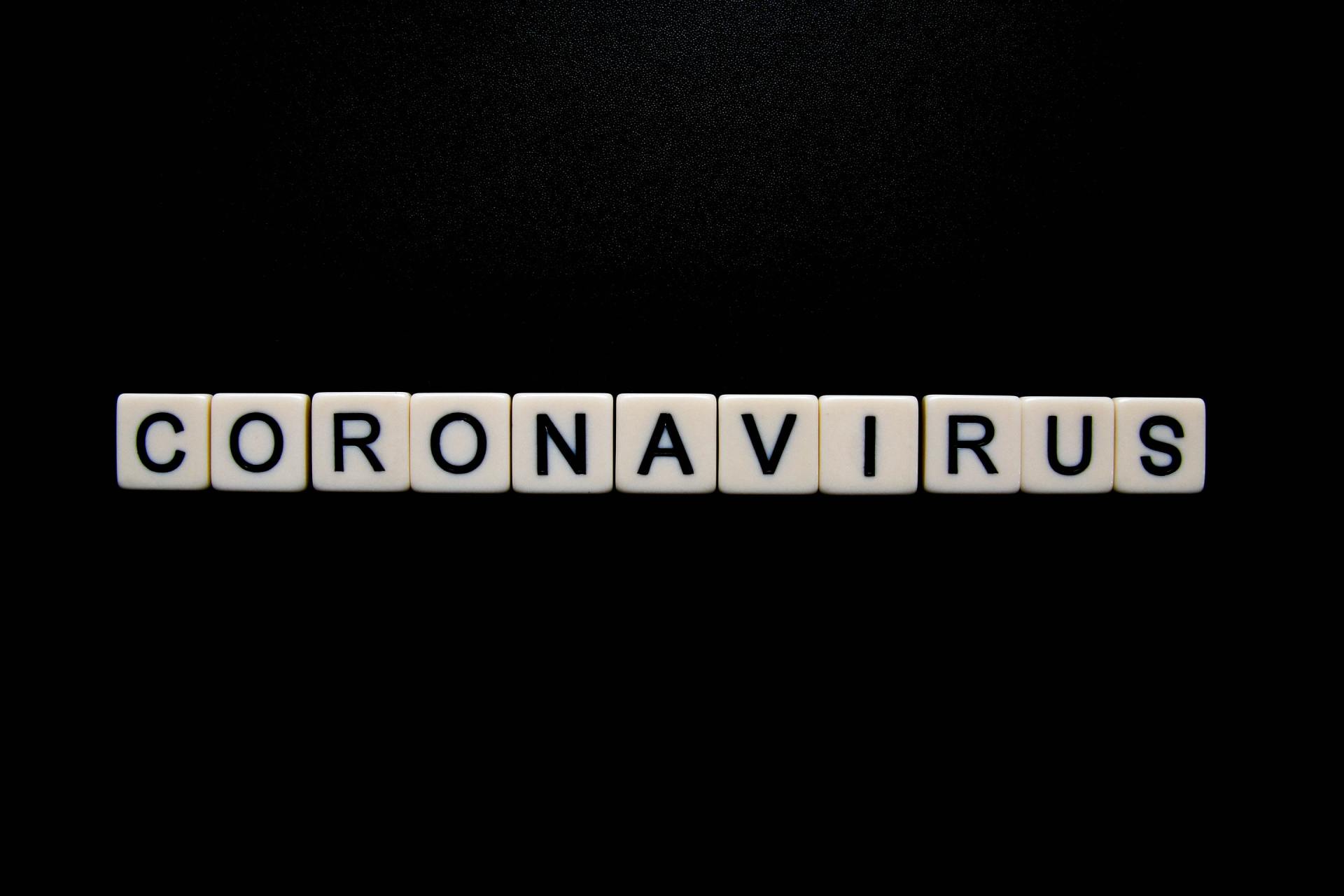Estate Planning for the Average American
As an estate planning attorney it is common for me to hear from people who assume that estate planning isn’t necessary for them because they have no “estate”. However, to put it bluntly, this couldn’t be further from the truth. The mistake these folks are making is assuming that an estate must consist of millions of dollars. But, the truth is that nearly everyone has an “estate” for purposes of estate planning. This includes personal residences, insurance, retirement accounts, personal possessions and household goods. It also includes things such as who will care for children in the event both parents die, who will make financial decisions in the event an individual does not have the capacity to do so, and how should doctors handle feeding tubes and life-sustaining treatment in the event they become relevant.
Here are some common types of people who may not have millions of dollars in the bank, but still should seriously consider putting an estate plan in place.
Ordinary Middle-Class Couples
The estate tax exclusion amount for 2018 is $5.6 million per individual (married or unmarried), meaning that any amount under that limit can be passed on to friends, family, charity, or whomever upon death. Obviously, the vast majority of couples don’t come close to even having to consider planning around that amount. It's questionable under the current administration if the estate tax will even exist in the relatively near future. But, one thing is certain--unlike five years ago, very few couples need to even concern themselves with estate tax liability upon their deaths.
Of course, married couples can pass an unlimited amount of assets to one another without incurring any tax liability, but unmarried couples don’t enjoy the same right. Additionally, any wealth passed to a surviving spouse upon the death of the first spouse may be estate tax free, but without additional planning, the exemption of the dying spouse will be lost and chances are much greater that the surviving spouse will be subject to estate tax upon his or her death.
One approach for married or unmarried couples alike is to put assets into a trust that would not be considered part of the surviving individual’s estate. The terms of the trust can direct for the disposition of those assets to other beneficiaries while permitting the surviving member of the couple to receive income from the assets (and potentially principal) for health, safety and general welfare. This approach permits each member of the couple to take full advantage of the estate tax exemption and no taxes would be owed when the surviving member of the couple died.
Another option is an irrevocable life-insurance trust which can shelter insurance proceeds from estate tax; however, the price of administration may not be worth it for most ordinary middle-class couples. Instead of a straight irrevocable life insurance trust, couples may be interested in exploring the possibility of naming each other as the primary beneficiary under the policy with the previously mentioned trust named as the secondary beneficiary. Depending on the current situation when the first member of the couple dies, the surviving member may be able to elect to decline the funds having them flow directly into the trust as the secondary beneficiary of the policy. It may be possible to use this approach for retirement accounts as well.
Second Marriages and Step-children
Families with second marriages and step-children present some additional considerations due to the various relationships involved. Oftentimes couples come into a new marriage with some estate planning already in place; however, changes are usually necessary given the new priorities in their lives. Previous spouses typically need to be written out of documents, and new ones need to be written in. Another potential hurdle is figuring out how to divide up an estate when each spouse has brought children from a previous marriage into their new marriage. A natural inclination may be to favor children by blood, but doing so may provide fuel for a family dispute down the line.
Because of the inherent conflict in blended families discussing plans with all of the children is usually a good idea. The more clarity that can be given on exactly what the children should expect, the better the chances that disputes won’t arise after it’s too late to change anything.
Couples Without Children
Many couples make the decision not to have children or to postpone having children until later in life. Sometimes a question of these couples is who will take care of them in the event they are no longer able to do so. For these couples, it is important to think about that possibility and plan accordingly. A power of attorney in the name of a friend, relative or trusted advisor that becomes effective upon a finding of incapacity may help ease the concerns over financial and medical decision making down the line, but these couples should also consider setting forth their wishes regarding nursing home care, hospice, etc.
By planning early on, there becomes less of a chance that unforeseen circumstances will force lived ones to guess as to what care someone may desire or how it should be provided. Worse yet, without planning, there is always a very real possibility that the courts will be involved with appointing a guardian to act in the disabled individual’s best interests. Sometimes this may not necessarily be the person that the disabled person would have chosen to fill that role.
Unmarried Couples
As I mentioned previously, unmarried couples do not enjoy the luxury of the unlimited spousal exemption. Transfers by one member to the other are subject to gift tax during life, and will be subject to estate tax upon death to the extent they are greater than the exemption amount in place in the year of death. Given that reality, it is a dangerous assumption that each individual will leave everything to the other upon death without any sort of consequence.
The most basic solution to the potential disaster that awaits unmarried couples is leaving assets to each other in trust. One possibility is the bypass trust, which permits the surviving individual to access income and principal to an extent during the remainder of his or her life, but protects the assets from being taxed for estate tax purposes a second time upon the surviving individual’s death.
Additionally, unmarried couples need to be aware that gifts to each other will be subject to gift tax to the extent they are greater than the current exclusion limit. Presently individuals can give $14,000 to another person each year (this will increase to $15,000 in 2018). Any amount in excess of that will either a) draw down the individual’s available lifetime gift tax exclusion, or b) be subject to gift tax. Thus, adding a partner’s name to a residential deed or saving account which holds substantial assets may bring unintended tax consequences without some planning.
As can be seen, estate planning does not need to be something that involves moving around millions of dollars. It is a relevant topic to practically anyone in one form or another. By coming to that realization and exploring how it can be utilized to best protect you and your loved ones, you can keep some unnecessary future burdens at bay.
By Michael Brennan
Michael F. Brennan is an attorney at the Virtual Attorney™ a virtual law office helping clients in Illinois, Wisconsin, and Minnesota with estate planning. He can be reached at michael.brennan@mfblegal.com with questions or comments, or check out his website at www.thevirtualattorney.com.
The information contained herein is intended for informational purposes only and is not legal advice, nor is it intended to create an attorney-client relationship. For specific legal advice regarding a specific legal issue please contact me or another attorney for assistance.









